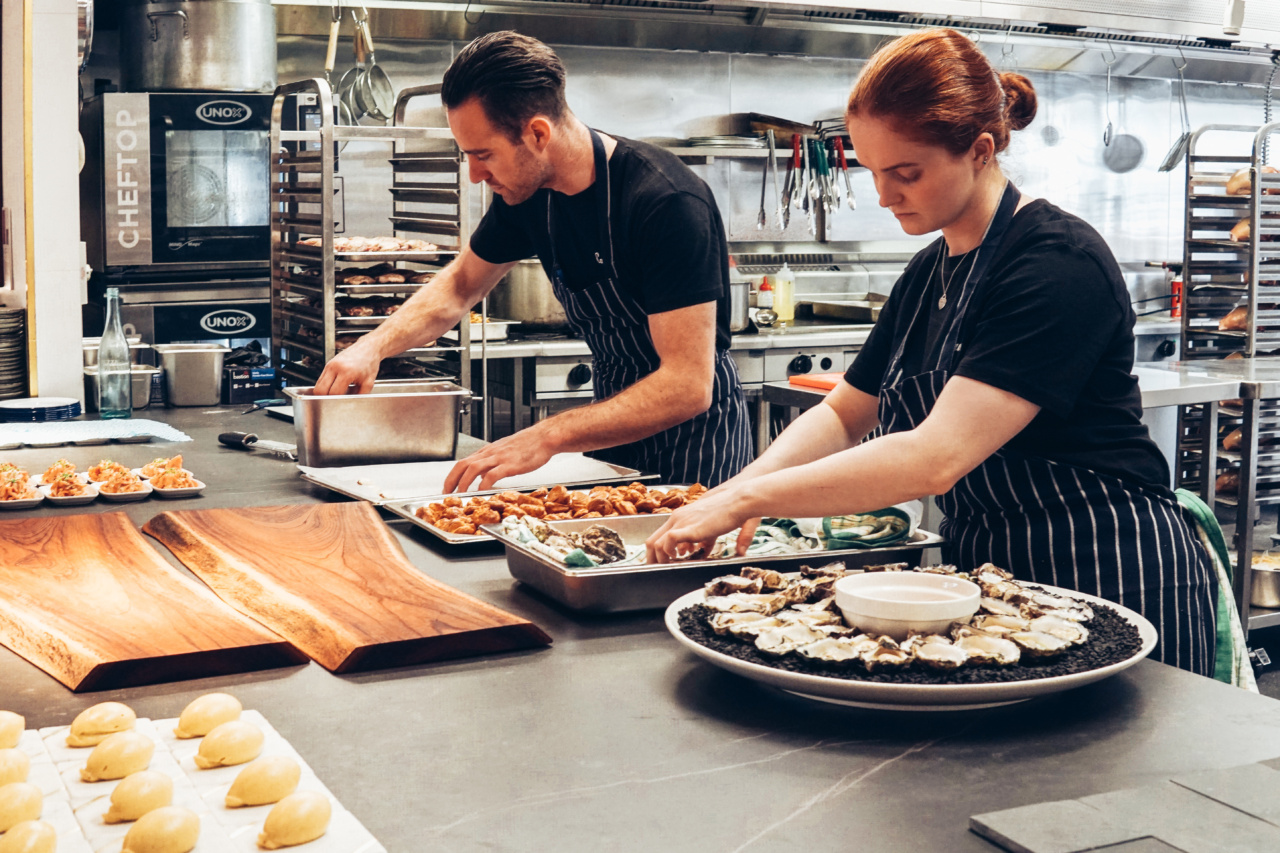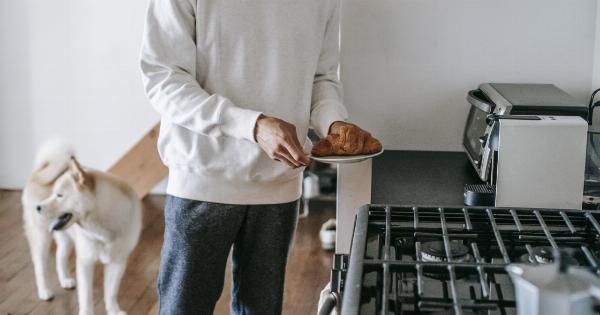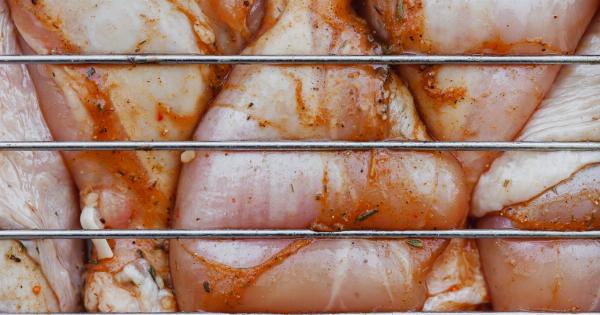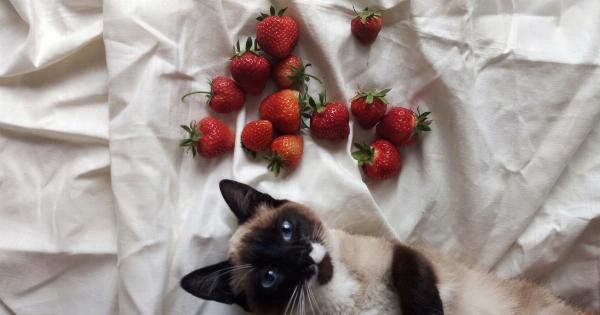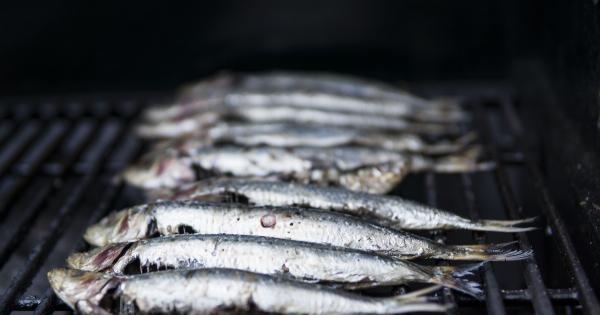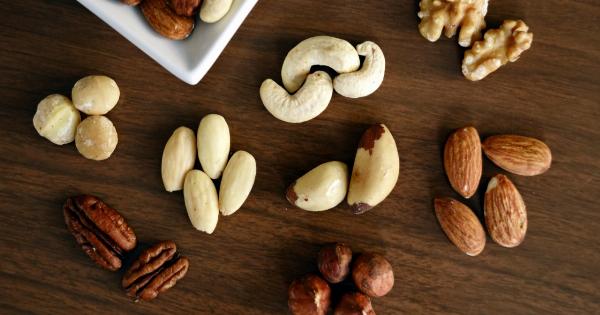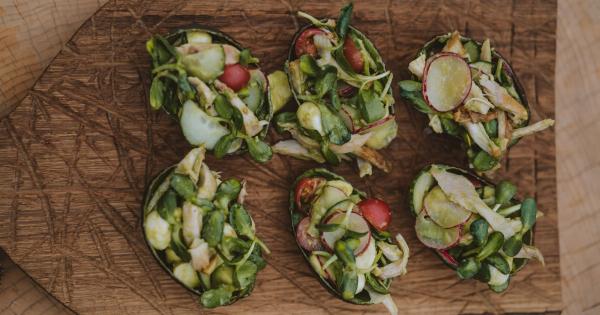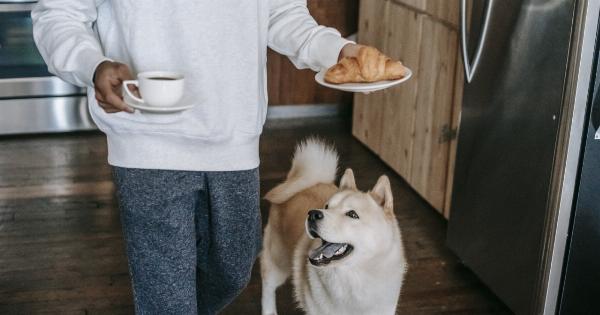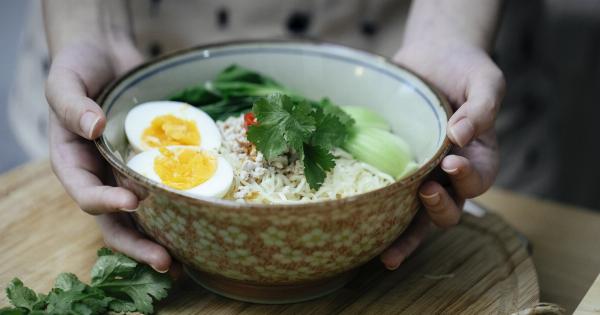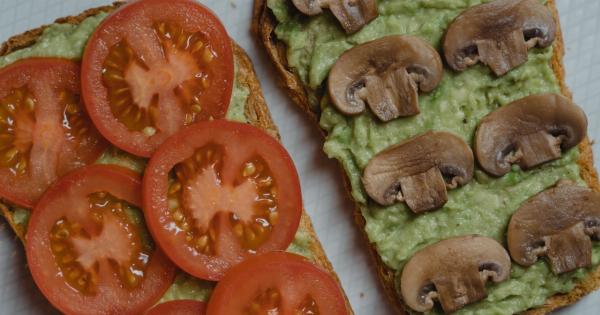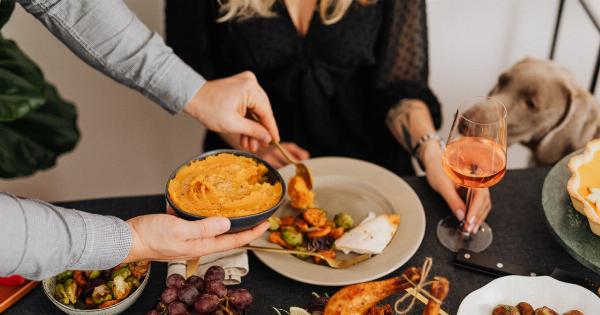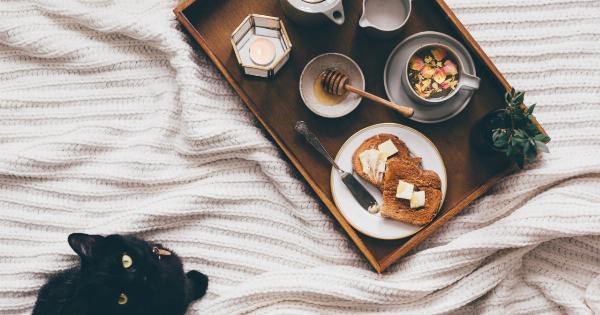Being a pet owner often involves going above and beyond to provide the best care and love for our furry friends. From ensuring they have comfortable beds to playtime and plenty of affection, their wellbeing is at the forefront of our minds.
But have you ever considered taking your pet’s care to the next level by becoming their personal chef?.
The Power of Homemade Meals
Just like humans, pets can greatly benefit from a balanced and nutritious diet. While commercial pet foods are convenient, they may not always provide all the essential nutrients and can contain fillers or unwanted additives.
By taking on the role of their chef, you have full control over what goes into their meals, ensuring they receive the highest quality ingredients.
Homemade meals allow you to cater to your pet’s specific dietary needs or preferences. Whether they have allergies, sensitivities, or require a special diet due to medical conditions, customizing their meals can help address these concerns.
Additionally, if your pet is a picky eater, creating enticing recipes can make mealtime more enjoyable and prevent them from becoming undernourished.
Understanding Your Pet’s Nutritional Needs
Prior to embarking on your pet chef journey, it’s crucial to understand their nutritional needs. Different animals have varying dietary requirements, and even within a species, individual needs can differ.
It’s best to consult with a veterinarian or an animal nutritionist to ensure you meet all the necessary nutrient requirements for your pet.
Typically, a balanced pet meal consists of proteins, carbohydrates, healthy fats, vitamins, and minerals. The proportions may vary depending on your pet’s age, weight, activity level, and health conditions.
For example, puppies and kittens require more protein and calories to support their growth, while senior pets may benefit from additional joint support supplements.
Creating Pet-Friendly Recipes
Now that you have a good understanding of your pet’s nutritional needs, it’s time to get creative in the kitchen.
Developing pet-friendly recipes can be a fun and rewarding experience while ensuring your beloved companions are getting the best meals possible.
Start by selecting high-quality ingredients. Lean proteins such as chicken, turkey, and fish are excellent sources of animal-based protein. Avoid using seasoned or processed meats, as they may contain harmful additives like salt and preservatives.
When it comes to carbohydrates, opt for whole grains like brown rice and quinoa. These complex carbohydrates provide energy and essential nutrients. You can also incorporate vegetables like carrots, peas, and sweet potatoes for added vitamins and fiber.
However, avoid using ingredients toxic to pets, such as onions, garlic, or avocados.
Healthy fats, such as omega-3 fatty acids found in fish oil, are crucial for your pet’s overall well-being. They promote a healthy coat, support brain function, and reduce inflammation.
Be sure to add fats in appropriate moderation, as excessive amounts can lead to weight gain and obesity.
Supplementation may also be necessary to ensure your pet receives all the necessary vitamins and minerals. Consult with your veterinarian to determine if your pet requires any specific supplements to support their health.
Meal Preparation and Safety
Just like in a commercial kitchen, practicing proper food hygiene is paramount when cooking for your pets. Here are some essential tips to ensure the meals you prepare are safe for consumption:.
1. Keep a Clean Kitchen
Start by sanitizing your cooking surfaces, utensils, and bowls thoroughly. Avoid cross-contamination by using separate cutting boards and knives for different ingredients. This prevents the transfer of bacteria or allergens between foods.
2. Cook to the Right Temperature
When preparing animal-based protein, ensure it is cooked thoroughly to kill any harmful bacteria. Undercooked meat can pose a risk to your pet’s health.
3. Store Food Properly
If you’re preparing meals in advance, portion them into appropriate serving sizes and store them in airtight containers. Refrigerate or freeze them promptly to maintain freshness and prevent bacteria growth.
Label each container with the date of preparation to ensure you use them within a safe timeframe.
4. Gradual Transition to New Meals
When introducing homemade meals, it’s crucial to transition gradually. Sudden changes in diet can upset your pet’s digestive system, causing gastrointestinal issues.
Mix a small portion of the new meal with their regular food and slowly increase the ratio over several days until they are exclusively on the new diet.
Always monitor your pet’s reaction to new meals. If you notice any adverse effects, consult with a veterinarian who can guide you through the process or suggest adjustments to the recipe.
The Joy of Cooking for Your Pets
Beyond the health benefits, cooking for your pets creates an opportunity to deepen the bond between you and your furry friends. Meal preparation can become an enjoyable bonding activity.
As you chop, mix, and cook, your pets will likely be eagerly watching and anticipating the delicious homemade meal you’re preparing for them.
Imagine the joy on their faces as they eagerly gobble up their personalized and nutritious meal. Your pets will appreciate the effort, and you’ll feel tremendous satisfaction knowing you are providing them with the best care possible.
A Word of Caution
While feeding homemade meals to your pets can offer numerous benefits, it’s important to note that not all pets may require or tolerate a homemade diet.
Some pets with specific health conditions or dietary restrictions may require specialized pet food formulated by experts.
Always consult with your veterinarian or a professional animal nutritionist before transitioning to a homemade diet, particularly if your pets have underlying health issues.
They can assess your pet’s unique needs and guide you through the appropriate dietary choices for their optimal health.
Conclusion
Becoming your pets’ personal chef can be a fulfilling and enjoyable experience for both you and your furry companions.
By ensuring they receive the highest quality ingredients and customizing their meals to meet their specific nutritional needs, you can provide them with the best care possible. Remember to consult with professionals, understand your pet’s requirements, and practice proper food safety protocols.
The joy of cooking for your pets goes beyond feeding them; it’s a gesture of love and a testament to the unbreakable bond between humans and animals.
